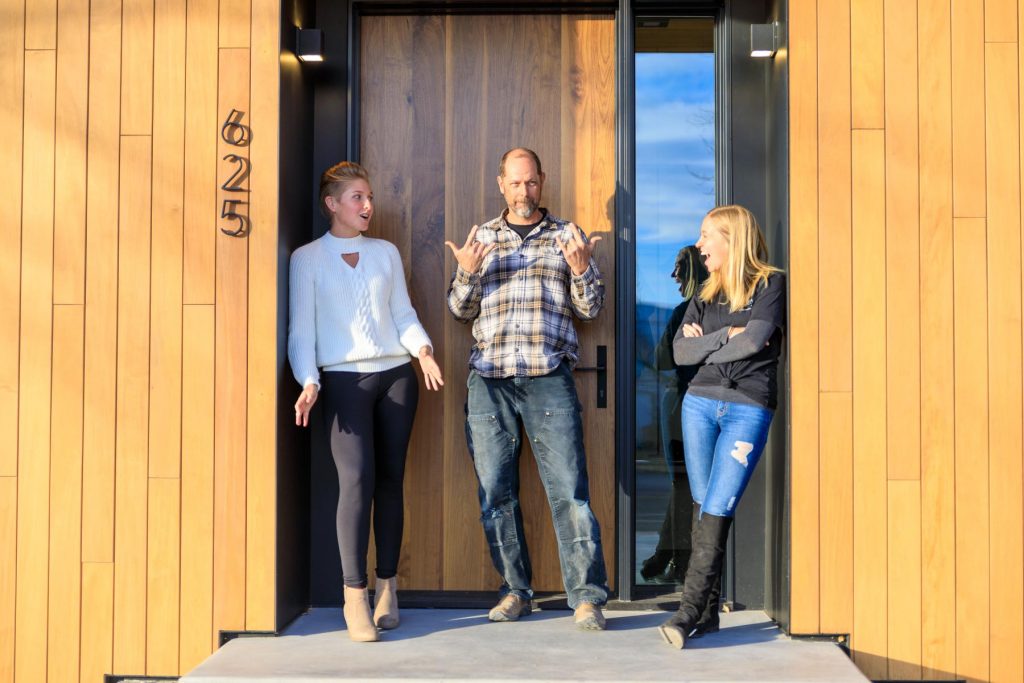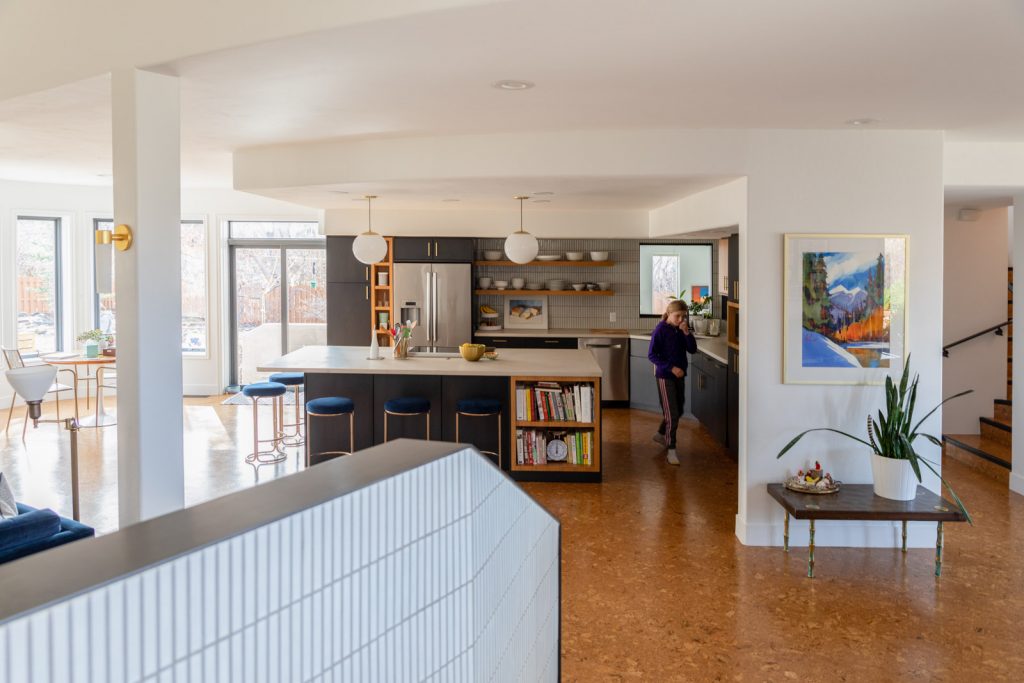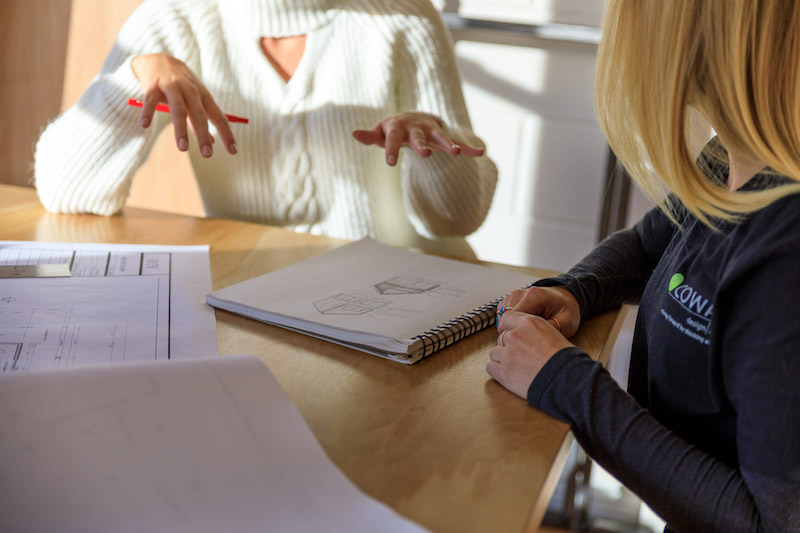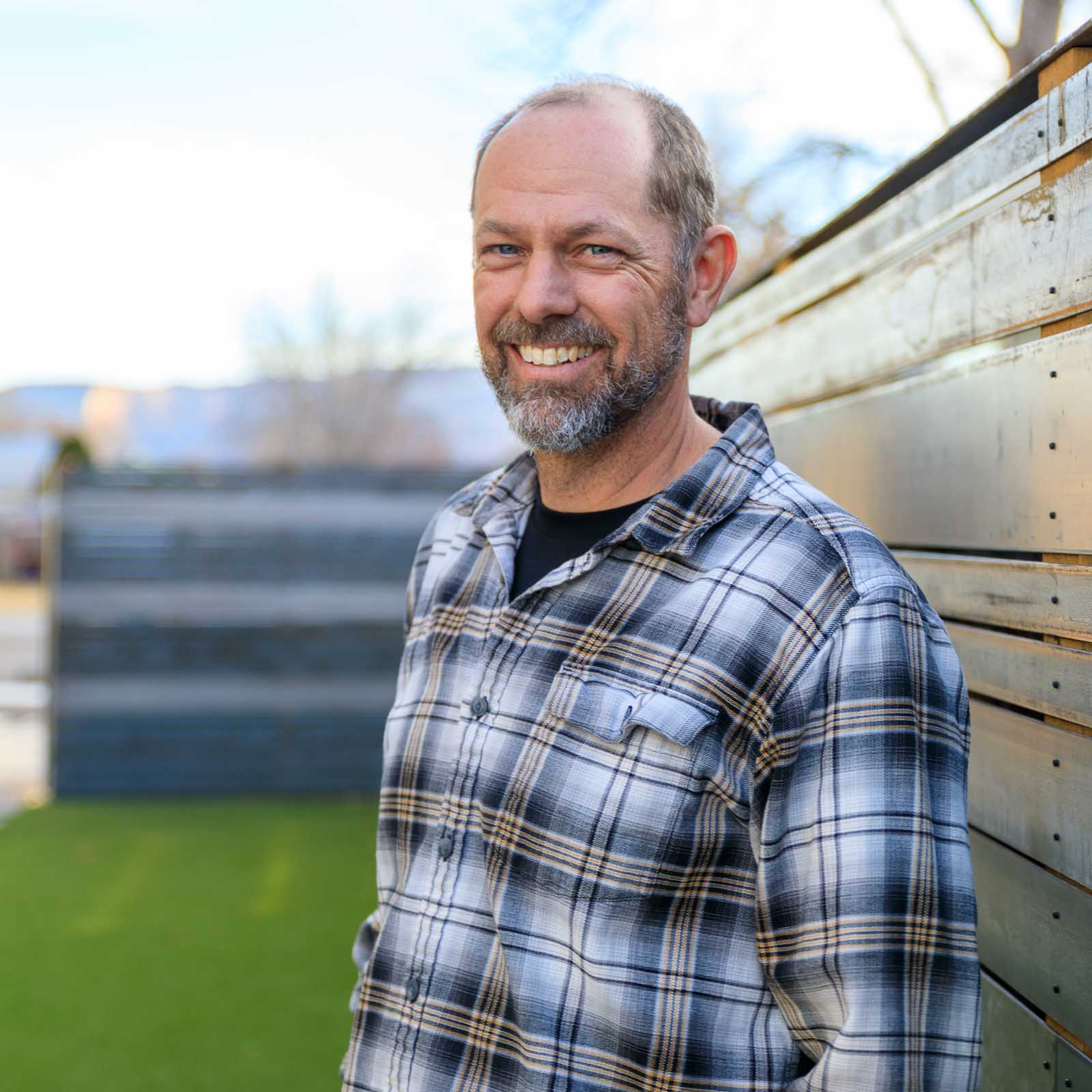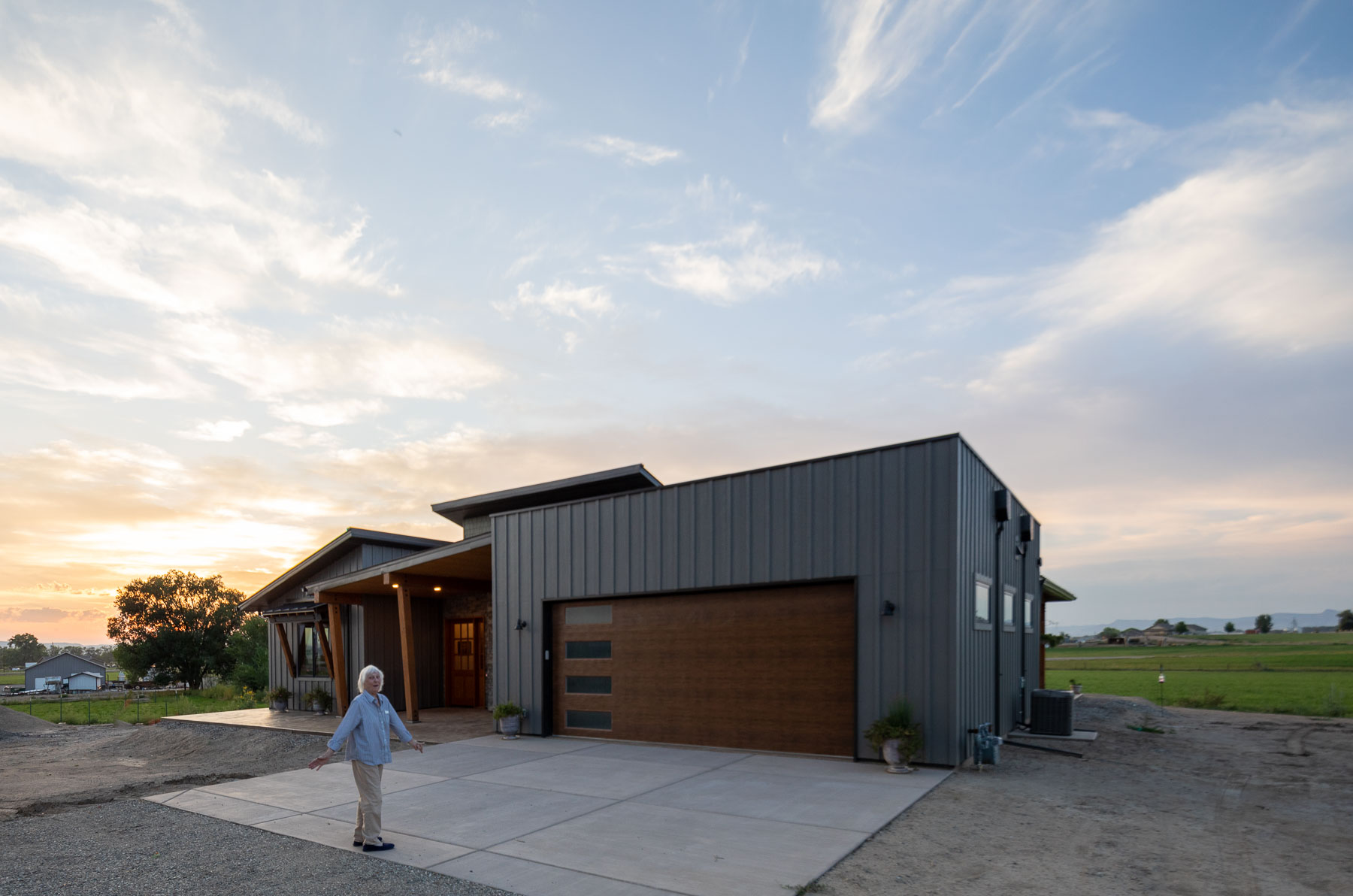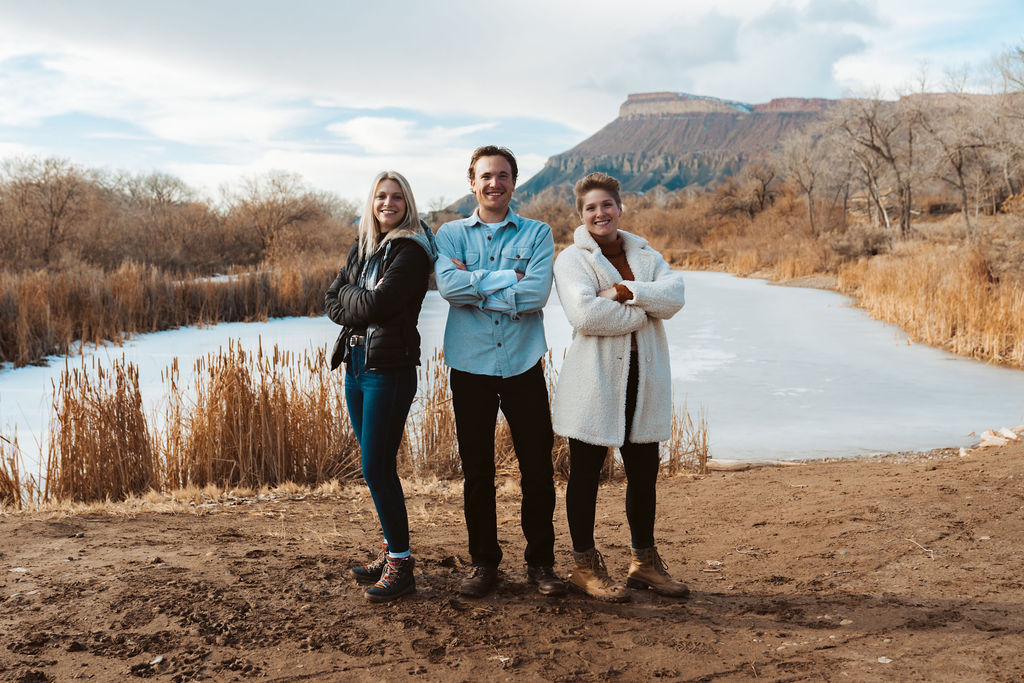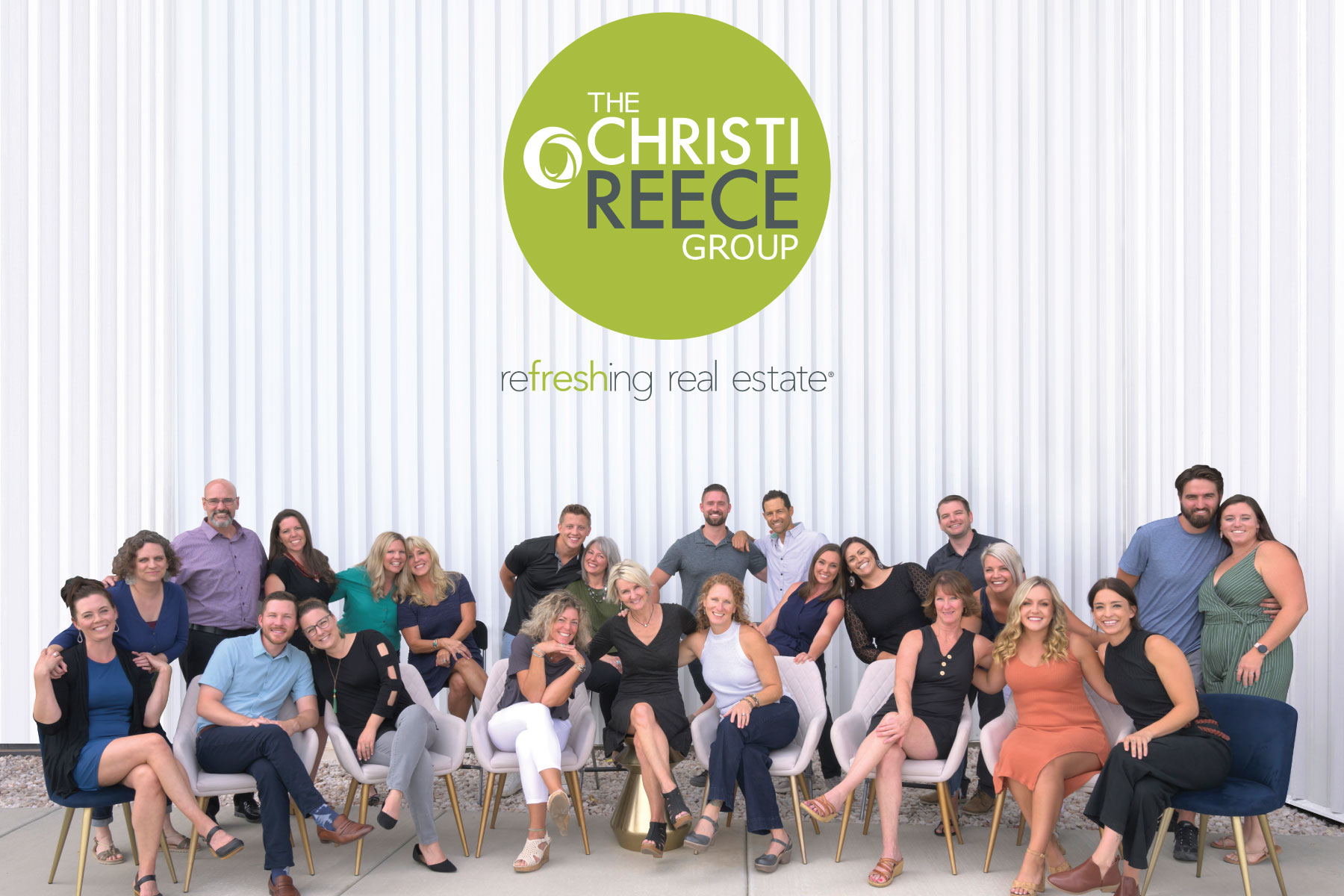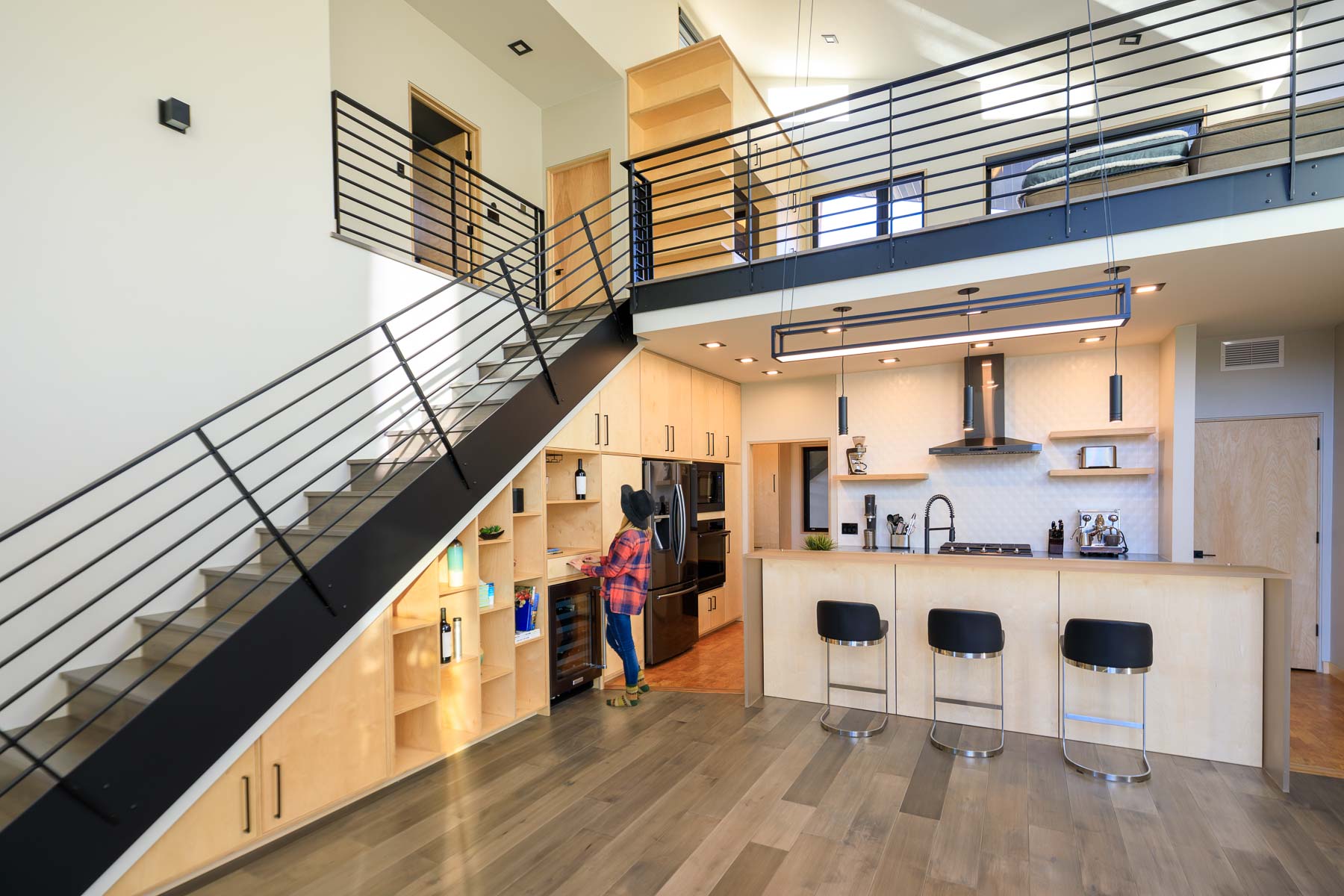
Traditional or Open Floor Plan?
An open floor plan is a popular choice, but there are some advantages to more traditional floor plans. Either way, nothing beats a custom floor plan, if you want to build the house that perfectly meets your family’s needs.
One of the most common questions we face is: “How do I build a dream home that meets my needs and works with my lifestyle?”
So many of our homeowners feel that they are beyond the basic floor plan or even the common “great room”-oriented open floor plan, and nothing in the existing real estate market aligns with their vision. They’ve worked hard, saved, daydreamed, and are ready to put in the work needed to bring their version to reality.
We understand this feeling, and we appreciate bespoke design just as much as you.
Conventional Blueprints Come in Traditional and Open Floor Plan Options. That Doesn’t Mean You Should Use Them.
Building a home that nurtures your family, your lifestyle, and your future is at the core of what we do. That’s why we recommend a custom floor plan, every time. Ready-made blueprints can be nice, but do they revolve around the kind of unique life that you want to live?
We know that when a home fully supports your needs, you are better able to support the needs of others— from the people you hold close, to the co-workers that you collaborate with daily.
Your home should be a place that you feel comfortable. You should absolutely be able to be yourself there. Your home should feel safe, functional, energizing, and inspiring. When we custom-design a home, we keep all these goals in mind.
In Deciding On a Floor Plan, Where Do We Begin?
Before choosing a traditional or open floor plan, we consider your needs, as well as how a structure will engage with its surrounding environment. During this first part of our process, we really get to know you, as our client. Through questions, conversations, and time, we are able to uncover more of the vision you are trying to achieve.
Many of these first meetings happen on the job site. We consider the following:
- How will sun/shade affect the design?
- Where are the best views?
- How will the client utilize the area?
- What natural elements can we integrate?
- How will the home take up space on the land?
- How will the house engage with the open space or the surrounding neighborhood?
Traditional or Open Floor Plan? It Comes Down To Lifestyle
Most of our initial job-site questions and answers come from our experience in design and building. But we also focus on a personal perspective. We want your home to reflect the kind of person you are, and the kind of lifestyle you desire. And when we take into consideration your personal experiences and perspectives, we are able design a home that you’ll never want to leave!
We may ask:
Do you love to cook, grill or bake? How can a kitchen support you?
If you like to keep an eye on the kids while cooking, maybe an open floor plan that merges a kitchen and living area is the way to go. If you like to keep cooking odors and noises contained, maybe a closed kitchen is the best option.
What is on your dream list of “wants?”
A dog shower for your Great Dane? A basement workout studio? A mudroom for snow-boots and wet clothes? A third garage, customized for equipment storage? A home theater? A temperature-controlled walk-in wine closet? Tell us what you want, and we’ll tell you how we can make it happen.
What do you do for work? What kind of home office do you need?
Again, this speaks to the traditional or open floor plan. If you need total silence and privacy to work, that’s one type of home office. If tight spaces make you claustrophobic, that’s another type of home office. We also consider functional necessities, such as outlet placement and screen glare, when designing home offices.
Where do you see yourself in 5-10 years?
If you’re just starting your family and plan to have many children, perhaps a nursery off of your bedroom makes sense. But if you’ve just had your first child and aren’t planning others, a nursery down the hall with an attached bathroom will serve your child throughout their school years.
Do you have any amazing collections or hobbies you want to share?
We can custom-build shelves or design lighting to showcase key pieces.
How do you like to spend your free time?
In other words, do you need a home art studio or a garage where you can work on antique cars?
What type of room would give you the best sleep?
Now we’re talking open floor plans again—or not! Some people really want to incorporate a lounge area with a TV or other entertainment options into their master suite. Others firmly believe that a bedroom should be for sleeping. Other concerns include light and sound and how these factors influence your rest.
What role do TVs and entertainment play in your life?
Do you want a family room that’s free of TVs and game systems but has an excellent stereo set-up? Does your family gather every Friday for popcorn and movies, and you need a space to accommodate that?
Now We’re Ready For a Floor Plan!
After these initial conversations and discoveries, the actual design begins to unfold. Our founder Ryan Cowan starts this process and leads the design effort, in direct response to your needs.
He creates a mountain of sketches. Then he feeds the most relevant ideas to the design team. The team then translates the abstract and imaginative into the tangible and buildable.
We call this the “redline” part of the process. It’s long and arduous, but it’s also the best part of what we do. Adding life to Ryan’s sketches is exciting for everyone involved. This is where we decide if you need an open floor plan, something more traditional, or a combo of the two.
Finalizing The Floor Plan
After each iteration of the plan, our client reviews it and provides feedback regarding room sizes, circulation, total square footage, etc.
Most of the time, our clients have a vague idea of what they’re looking for. Going through this process with us helps them identify their true needs.
Everyone learns during this part of the design-build process. As our client, you begin to understand how you truly use your space and what you value in your home. If you need a place to store six mountain bikes, we make sure to provide that. If you have a 14-foot long sofa, we make sure there’s room.
Three Cards Method
As we filter through the design process, we like to use the idea of “three cards” to keep us all in alignment.
The cards are:
- Quantity (size or scope)
- Quality
- Cost
We ask our clients to choose or prioritize two cards. Whichever card they leave out is the card we, at RG Cowan, use as an anchor throughout design.
As designers, we need one of these pillars in our grasp, so that we can create a home for our client as efficiently and effectively as possible. As you consider building a home, analyze each of these cards and determine which two are the most important to you. Then leave the third card up to us.
We want to design a plan specifically for you. When the project is complete, we want you to walk into the space and feel at home. The floor plan is the cornerstone of that feeling. We make sure that every wall, door, sink, and cabinet reflects your values and needs.
Throughout our process of discovery, design, and building, we constantly refer back to those initial conversations and goals, to make sure that everyone is on the same page at any given moment.
Whether we design an open floor plan for your new home or a floor plan with highly distinct, designated spaces, we appreciate that your plan has to match your unique lifestyle.
It’s through clear communication, our own experience, and a solid team mentality that we are able to deliver a more spectacular end result than you ever realized was possible.


